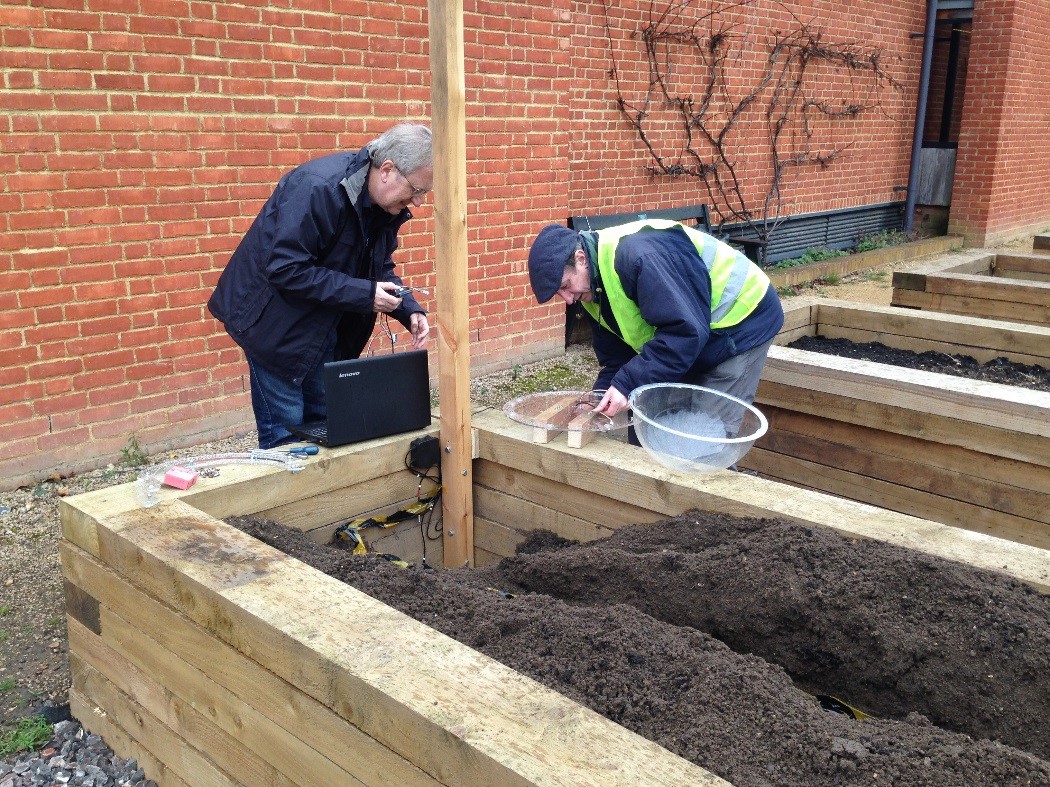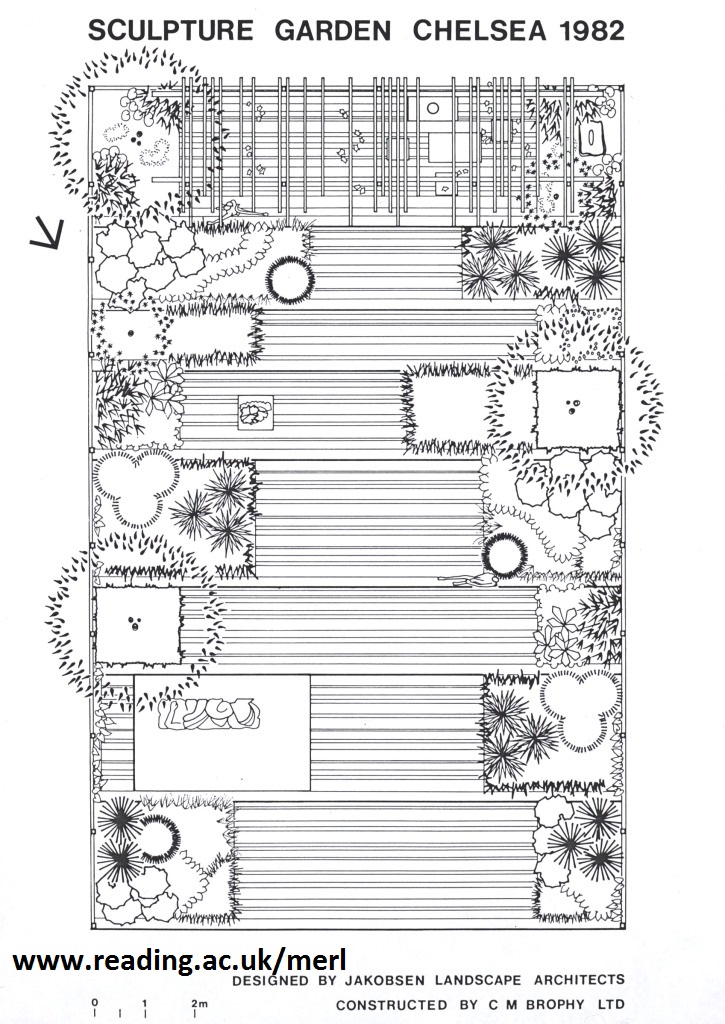Science engagement officer, Robyn Hopcroft, reveals one of our new growing projects and the feat of DIY ingenuity behind an unusual landmark in our garden.
If you’ve visited us in the last couple of weeks, you might have noticed that something funny is going on with our garden. Perched above one of the raised beds there’s a suspicious object. Something that bears an uncanny resemblance to a spaceship. Well let me put your mind at ease. I can explain. It’s all part of a new growing project and that spaceship is here to help.

Alongside our new community growing spaces, we have built a raised garden box with a focus on science and technology. Our inaugural project will see us attempt to grow sugar beet. Being museum folk, we love a terrible pun, so I feel no shame whatsoever in revealing that our project is rather dubiously titled ‘Beet Box’.
Is the world ready for Beet Box? We think so. Around 7.5 tonnes of sugar beet is grown in Britain each year and these crops are used to manufacture a large proportion of the sugar that we consume. With this in mind, we’re keen to learn more about the history and practicalities of this industry. We might only produce a few kilos of beets and a very small amount of sugar, but this provides a good opportunity to explore the process of sugar production from first-hand experience. It seemed fitting that we sow our seeds on British Science Week, and using expert growing advice and seeds provided by British Sugar gives us the best chances of success. Let’s cross our fingers that conditions will be right to take our tiny crop to harvest.

Science engagement volunteer, Don, watering in our newly planted beet seeds.
So where does the spaceship come in?
We wanted to do more than just grow beets, we also wanted to explore how technology could be used to track growing conditions. We’re delighted to be collaborating with Reading Hackspace on the project, and several their members have kindly donated their time and expertise to design and set up a monitoring system for Beet Box. Having installed soil and weather sensors, they also plan to use a solar-powered camera to capture information about the growth of the beets, and the solar panel is intended to sit inside that nifty Perspex spaceship enclosure.

A work in progress: Prior to planting, Richard and Mike from Reading Hackspace
started installing monitoring equipment in the Beet Box.
The Hackspace folks are a community of enthusiastic makers who use rLab – a peer led workshop, open to anyone who is interested – as a base for knowledge sharing and work on a wide range of fascinating projects. The team working on Beet Box have taken care to design a system for the garden box that is open source and uses widely available components, providing an opportunity to use the project for educational purposes and to allow anyone to replicate or take inspiration from the setup.

In the weeks and months to come, we will share more detailed information about the system and the progress of our beets, and get feeds up and running so that data from the project is freely available online. In the meantime, we anxiously await the germination of our beet seeds.









